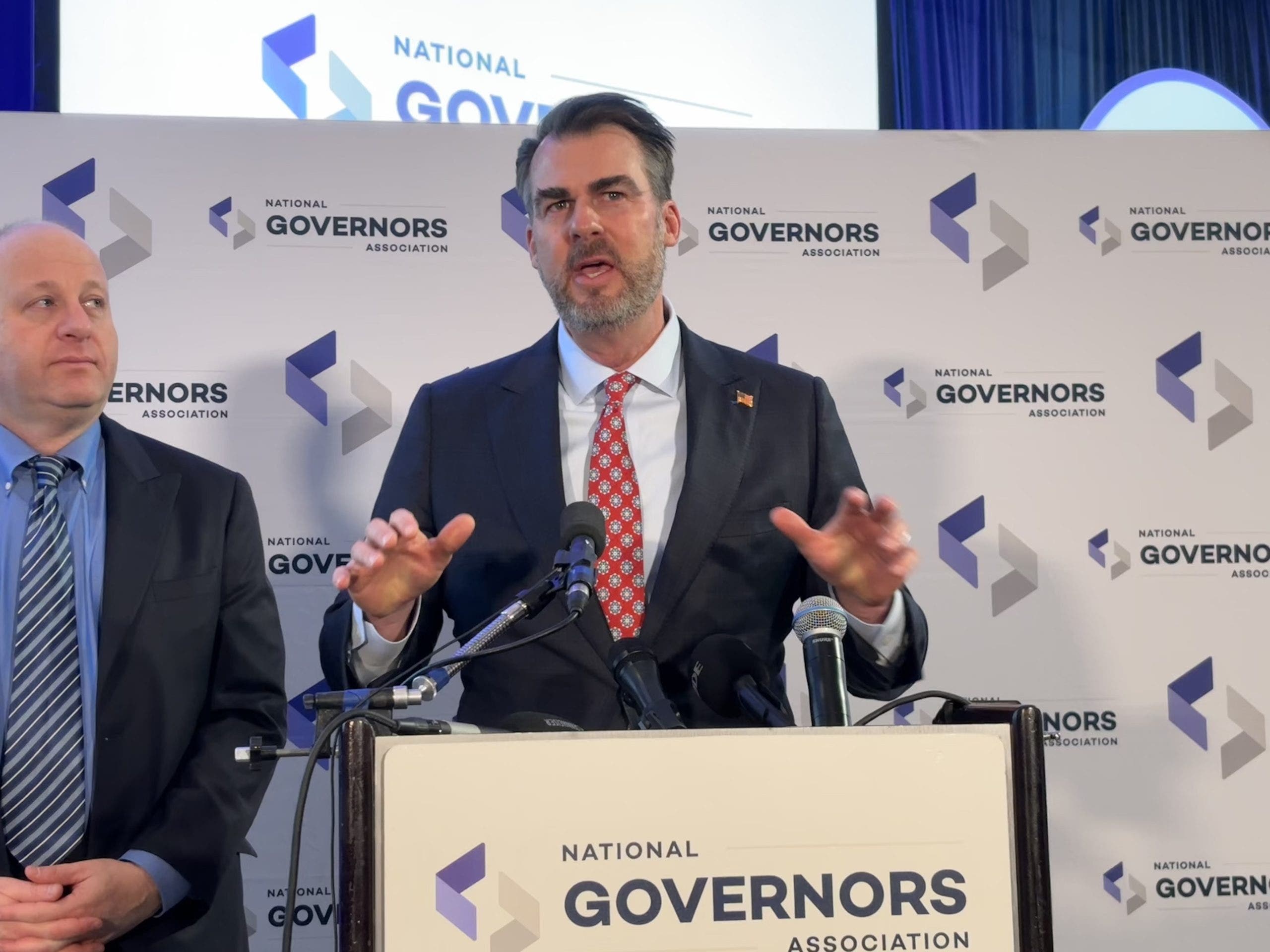Aid officials cautiously welcomed news that Israel would open more routes for aid into Gaza, saying on Friday that they would wait to see how and when the new measures would go into effect, as the United States made it clear that its support for Israel would depend on its next steps.
Israel has been under rising pressure from U.S. officials and humanitarian agencies to increase the number of crossings into Gaza for aid, as the United Nations warns that a famine is looming.
On Thursday President Biden threatened to condition future support for Israel on how it addresses his concerns about civilian casualties and the humanitarian situation, and hours later the Israeli government announced additional aid routes, including through the port of Ashdod and the Erez crossing, a checkpoint between Israel and northern Gaza.
But the Israeli statement offered few details and it was not immediately clear when those new routes would open — or how much aid could pass through them. Secretary of State Antony J. Blinken said Friday that the United States would be “looking to see” if Israel prioritizes allowing more aid into the enclave and “getting it to the people who need it.”
One measure of Israel’s commitment to that goal, he said, will be “the number of trucks that are actually getting in on a sustained basis.”
“The real test is results,” he told a news conference in Brussels on Friday.
Stéphane Dujarric, a spokesman for U.N. Secretary General António Guterres, said the news about more aid routes was positive.
“But, of course, we will have to see how this is implemented,” he added.
The European Commission urged that the measures be implemented quickly and “fully,” while World Food Program said on Friday that it would try to clarify with the Israeli authorities “their security and logistics arrangements so we can move swiftly to exploit any new opportunity to feed more Gazans as famine takes hold.”
The agency noted that it had been urging for Israel to open more crossings for months.
Since the start of the war, Israel has limited aid entering Gaza to two tightly controlled border crossings: Kerem Shalom and Rafah, both in the south of the enclave.
Most of Gaza’s international aid passes through warehouses in Egypt near El Arish, not far from the city of Rafah, which straddles the border with Gaza. Some aid has also been delivered through a different route from Jordan.
From El Arish, the trucks carrying aid have typically undergone security checks on the Egyptian side of the border in Rafah.
Aid agencies have faced challenges at every step of the delivery process, from lengthy Israel inspections at the border crossings to violence while distributing to Palestinians within Gaza.
Israeli checks on goods entering Gaza aim to weed out items that could potentially be used by Hamas. Aid officials have said the inspection process causes significant delays, while Israel has argued that disorganization by humanitarian groups and diversions of shipments by Hamas were to blame for any bottlenecks.
On Friday, Mr. Blinken said that another indicator the United States would be looking to see whether “the bottlenecks and other delays at crossings are being resolved.”
The most dire shortages are in northern Gaza, where hungry people have swarmed trucks carrying food and where aid groups say they have struggled to deliver supplies because of Israeli restrictions and widespread lawlessness.
Israel has been promoting its efforts to get aid into Gaza by land, air and sea. But aid groups have been pressing for Israel to open more road crossings, including at Erez on the northern border. These aid organizations argue that only a flood of food can help stem the hunger crisis and that truck convoys are by far the most efficient way to bring aid in.
Matina Stevis-Gridneff and Gaya Gupta contributed reporting.





